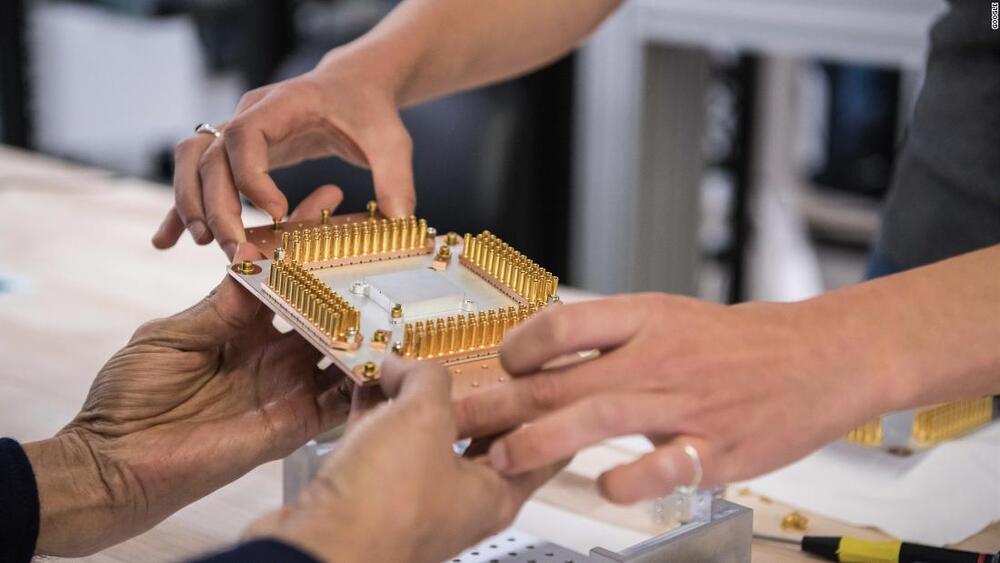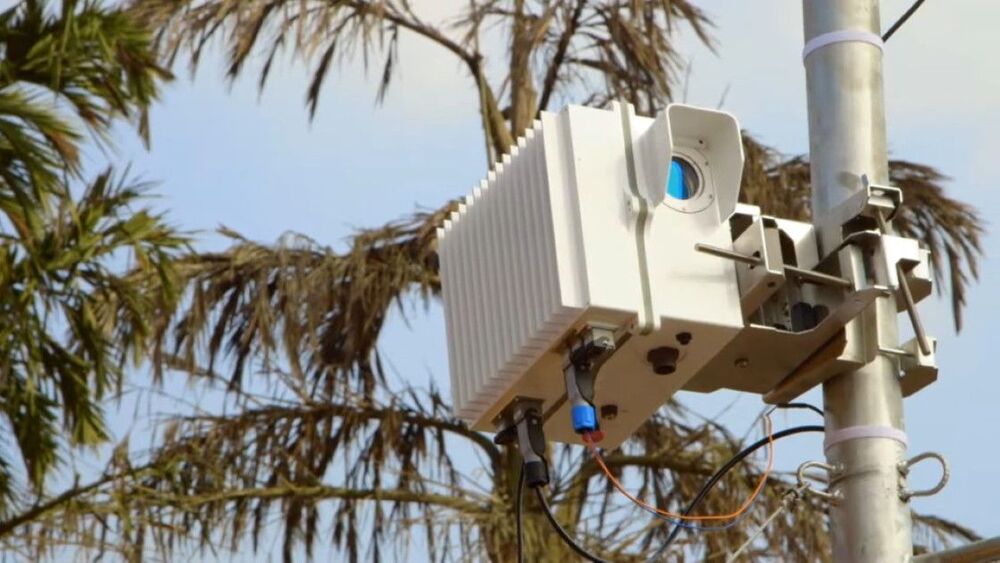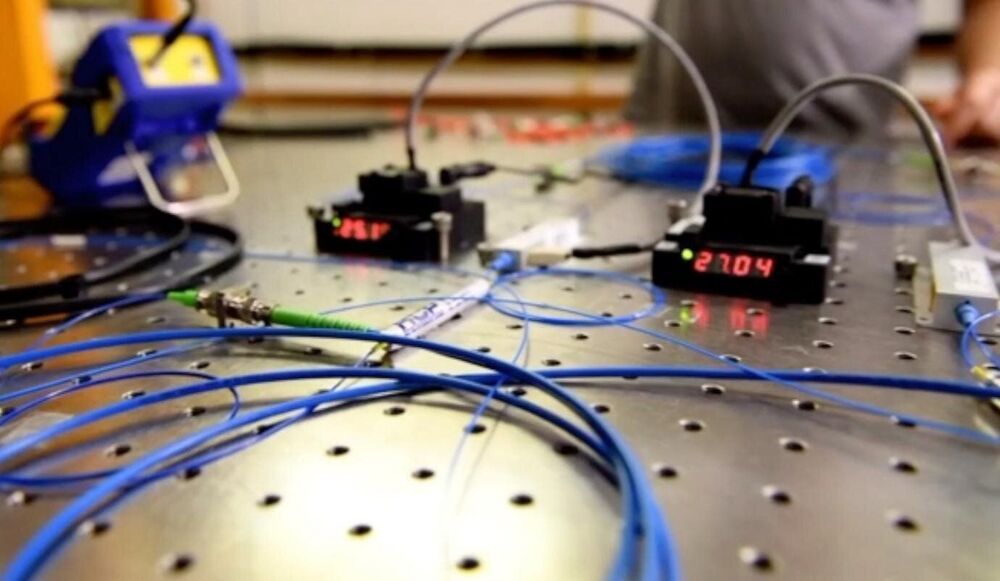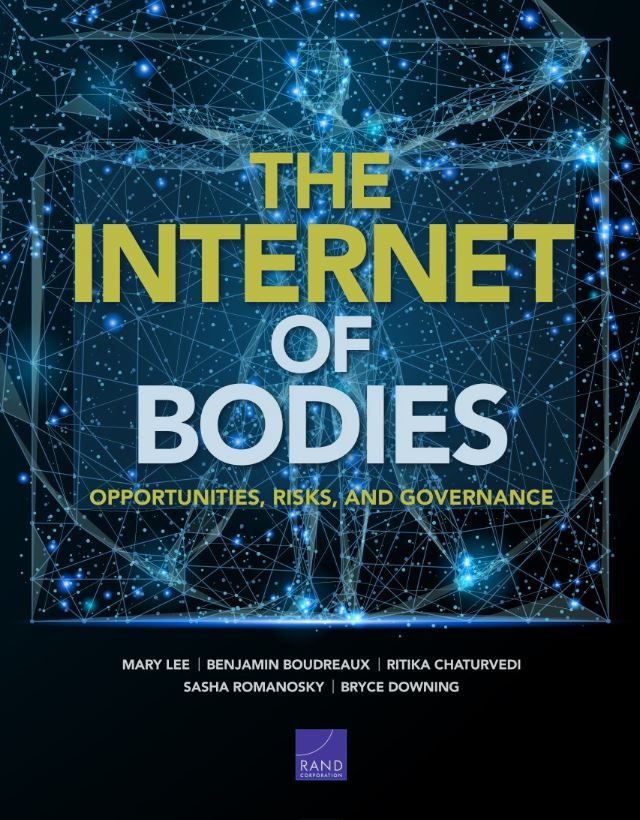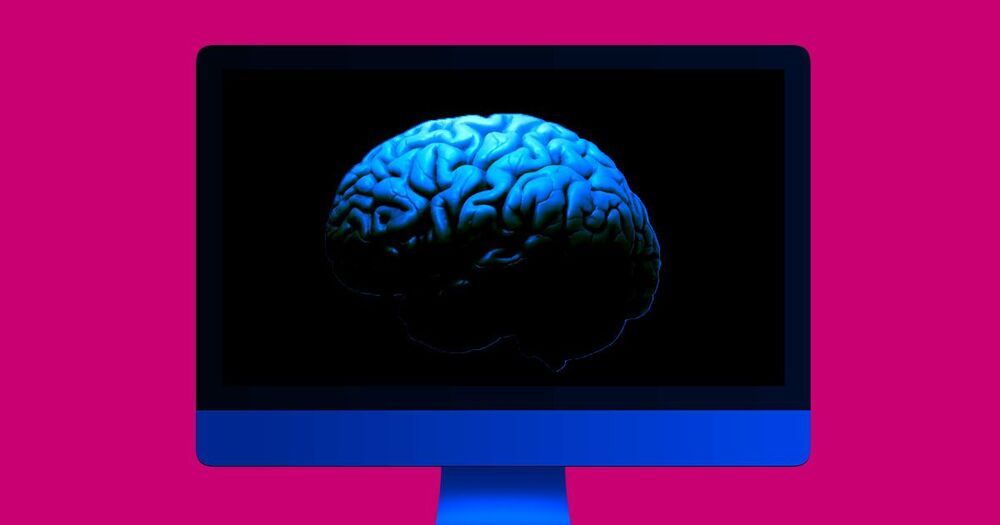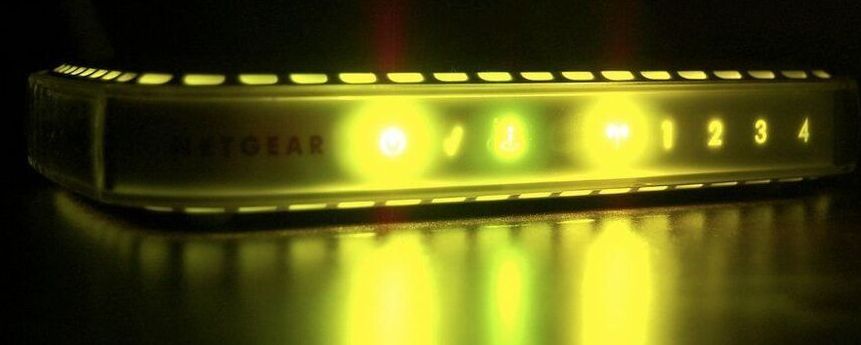Scientists are edging closer to making a super-secure, super-fast quantum internet possible: they’ve now been able to ‘teleport’ high-fidelity quantum information over a total distance of 44 kilometres (27 miles).
Both data fidelity and transfer distance are crucial when it comes to building a real, working quantum internet, and making progress in either of these areas is cause for celebration for those building our next-generation communications network.
In this case the team achieved a greater than 90 percent fidelity (data accuracy) level with its quantum information, as well as sending it across extensive fibre optic networks similar to those that form the backbone of our existing internet.
